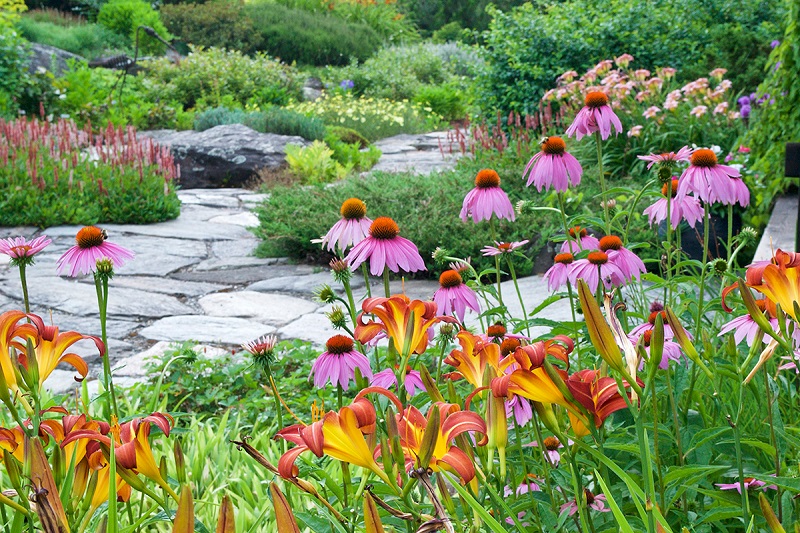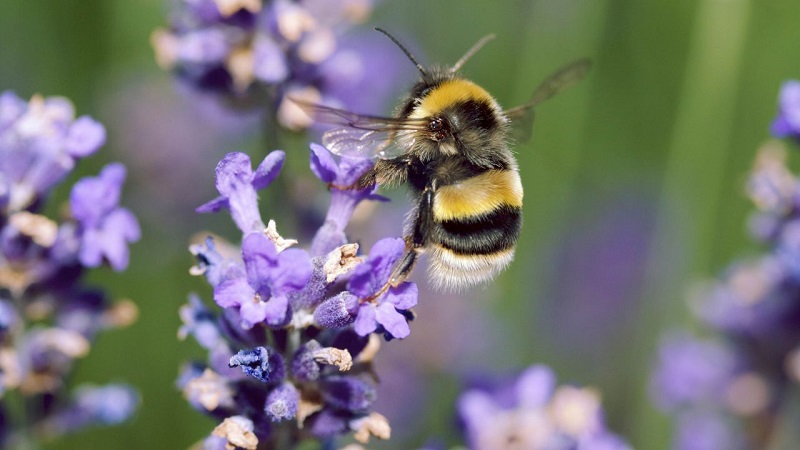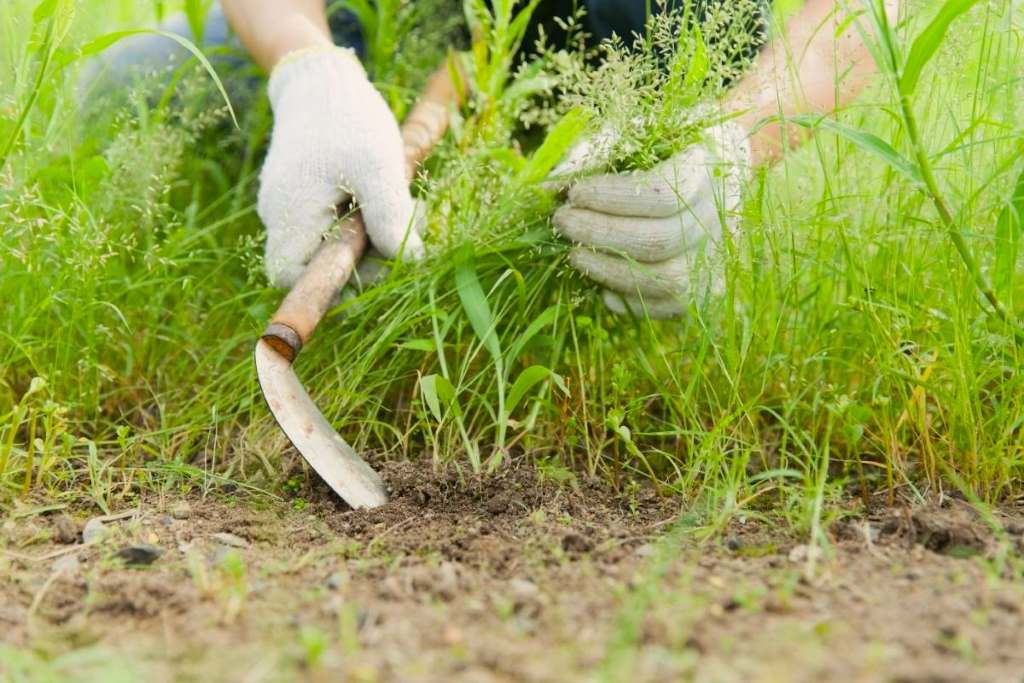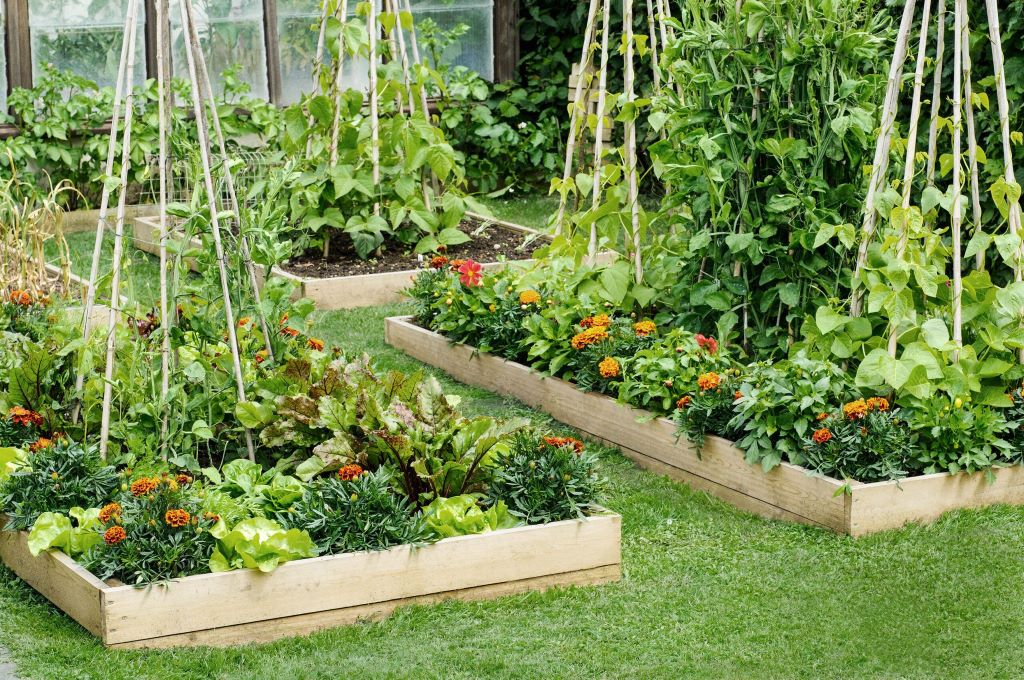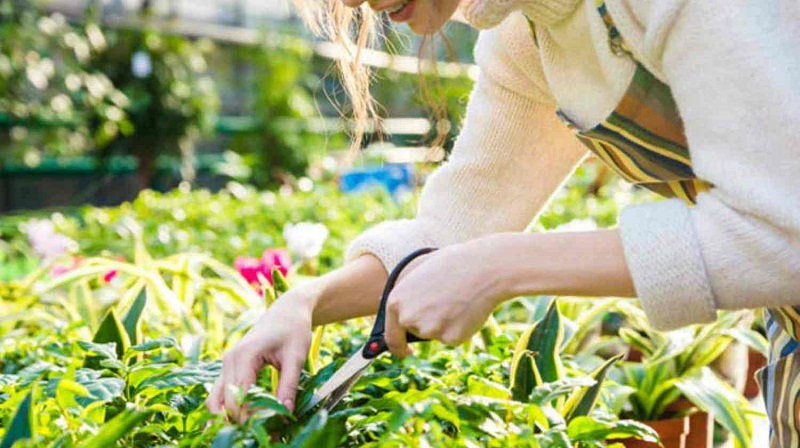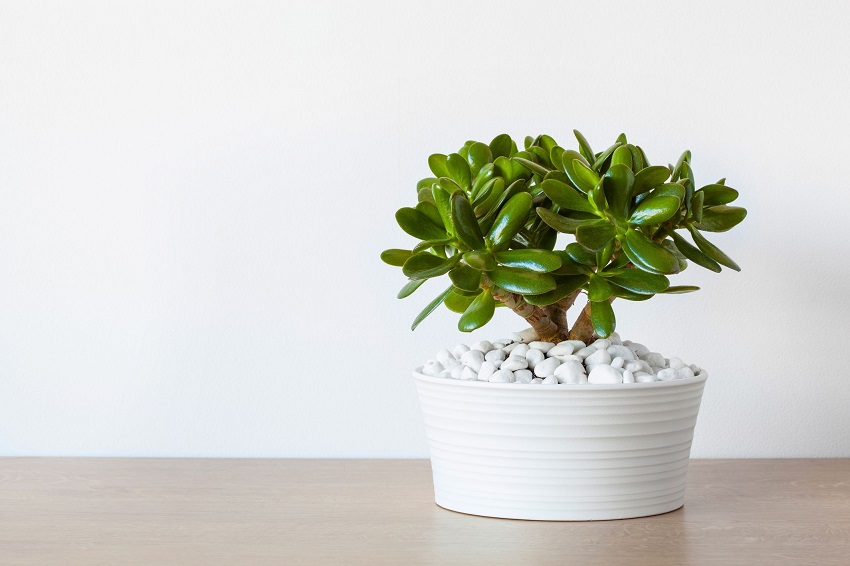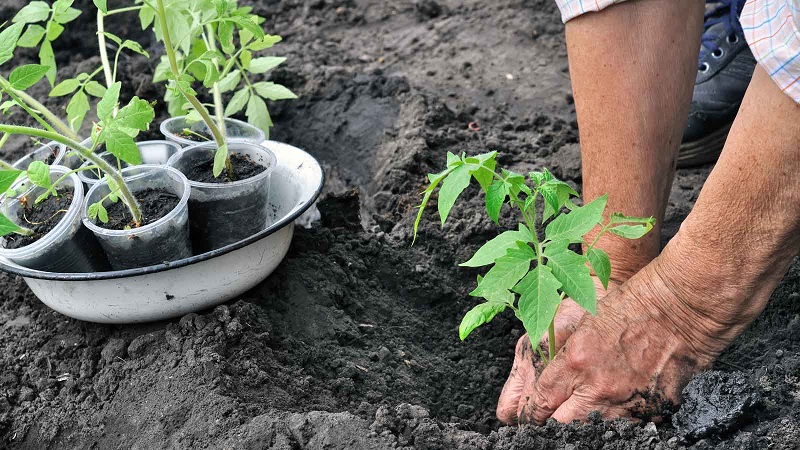Your garden as a habitat for bees: The increase in bee mortality and the decreasing number of this useful insect have serious consequences. In fact, pollination makes bees and bumblebees important farm animals, not only for agriculture.
By creating a bee-friendly garden, you can help reduce the mortality rate of bees and create an additional refuge for this threatened insect. OBI supports these efforts and offers several products that help you create a natural and pleasant garden for bees.
1. Create a bee garden: Create diversity
Diversity and variety are two important factors for a garden pleasing to bees: for the decoration of the garden choose many flowering plants. Design your green space following the seasonality of the plants so that it is always in bloom from spring to autumn.
Doing this ensures that bees looking for food always have a quantity of nectar available. Especially in summer and autumn, when many gardens have little flowering, bees are grateful for every flowering plant:
the uncultivated corners full of wildflowers and aromatic herbs offer bees and other insects such as bumblebees a refuge and rich nutrients.
You can enrich other uncultivated spaces by sowing flowers appreciated by bees. At the same time, make your contribution to bee survival.
2. Choose the right plants for bees
Not every well-flowered plant is also useful for bees: double flowers are not rich in nectar and therefore not suitable for the bee garden. Generally, double flowers have many petals and therefore little or no stamen. Asp. es. many roses grew.
Generally, the blue color attracts bees. So you choose to plant p. es. The Muscari or autumn squill.
Local plants and aromatic herbs
Bees particularly love local plants.
- The flowering plants most appreciated by bees are the star, the carnation, the lilac, the mallow, and the delphinium.
- Herbs such as rosemary, common sage, lavender, and thyme also attract bees to your garden during their flowering.
Positive side effect: flowering aromatic herbs are not only practical but also an attraction in your garden.
3. Avoid chemical pesticides in the bee garden
In your garden pleasing to bees, be sure to use a few plant protection products for plant care and chemical pesticides. It is preferable to completely abandon the use of chemical adjuvants in order not to harm the bee population. If the user cannot be avoided, postpone the application to the evening after the flight of the bees.
Ecological prevention of parasites
- Insects are often useful for eliminating pests. They are small animals that eat unwanted pests in your garden. Especially against mites, this can be done. Mites can promote bee mortality.
- The organic fertilizer and humus-rich soil from their own compost are good alternatives to chemical products.
4. Making artificial nests for bees
So-called insect houses and bee hotels are useful for attracting bees to your garden.
- They offer insects such as bees and bumblebees a
- home for nesting and wintering
Artificial nests are not larger than those for birds and can be easily placed in a corner of your garden.
In addition, bees need watering points for taking liquids in the garden. A flat edge on the garden pond allows easy access to small insects. But also the drinkers for birds or the shallow bowls, which you can place in the midst of flowering plants, are suitable as watering points.
With little effort you can create a garden that is pleasant to bees: with a variety of flowers or aromatic herbs, the careful use of chemical pesticides, a watering point, and an artificial nest you can offer bees and other insects home in your garden.
You may also like to read- http://aliceswonderlandnursery.com/


